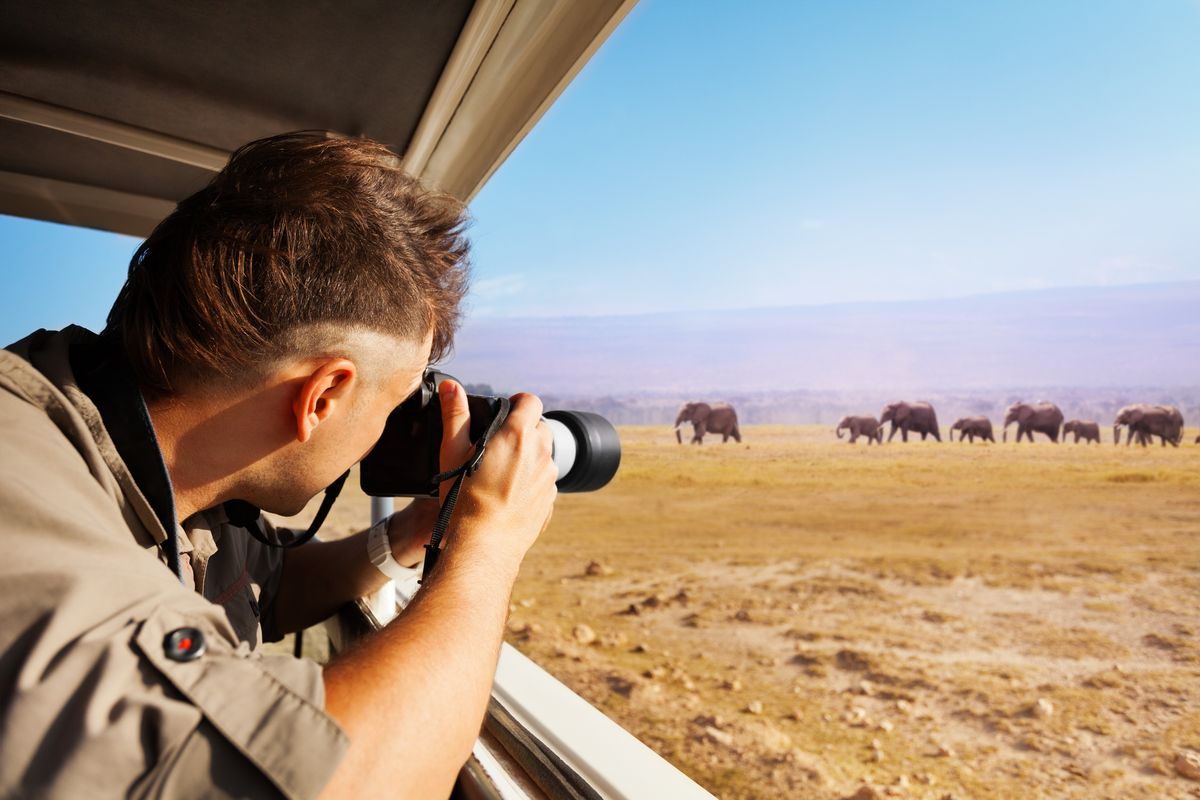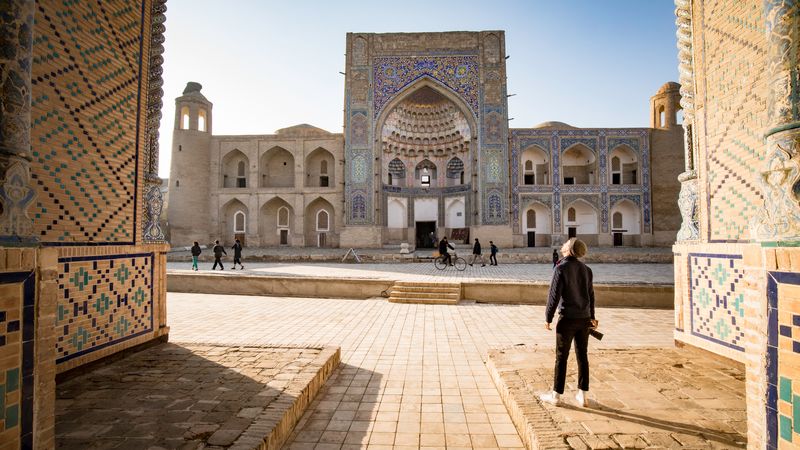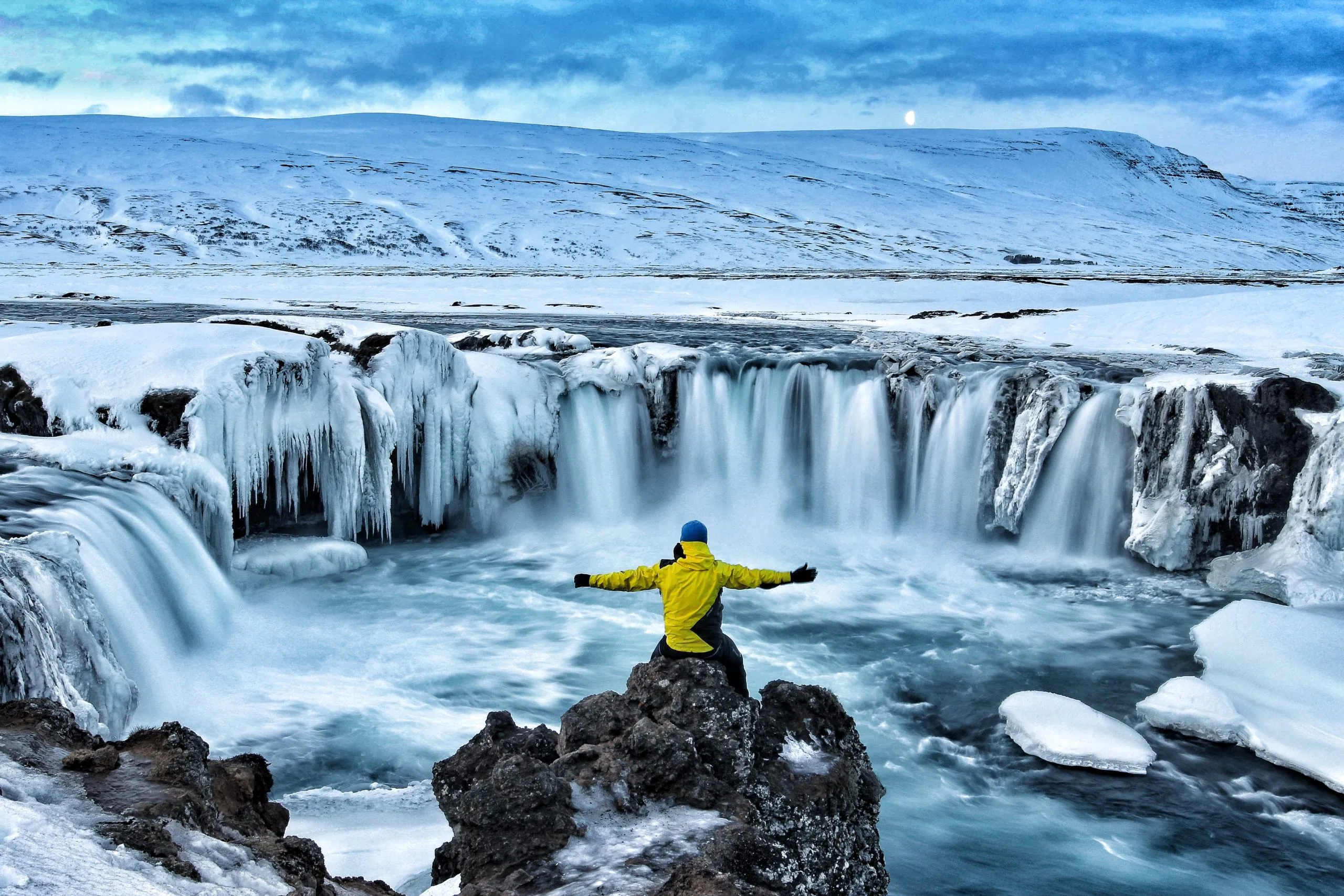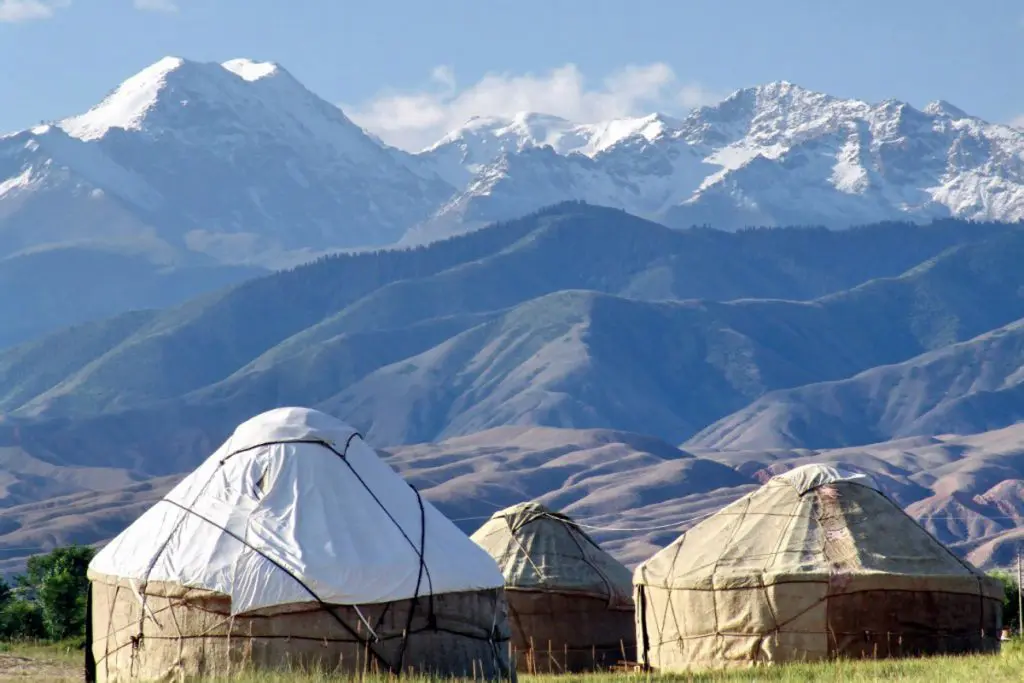Why Wildlife Photography Captivates Us
Wildlife photography is more than just snapping pictures of animals; it’s about freezing fleeting moments of raw beauty and untamed spirit in nature. Whether it’s a lion’s piercing gaze in the African savannah or a puffin’s comical waddle in Iceland, these images transport us to corners of the world we may never visit. They tell stories of survival, tenderness, and the delicate balance of ecosystems, resonating with our innate curiosity about the natural world. For travelers and photographers alike, capturing these moments is a way to connect with something bigger than ourselves.
The Art of Wildlife Travel Photography
Wildlife travel photography blends adventure, patience, and technical skill. It’s not just about pointing a camera at an animal and clicking—it’s about understanding behavior, respecting habitats, and mastering the interplay of light and motion. From amateurs with smartphones to professionals with high-end gear, anyone can create stunning wildlife photos with the right approach. This article dives into the best wildlife travel photos, tips for capturing your own, and destinations that inspire awe, all while sharing real-world insights to fuel your next adventure.
What Makes a Wildlife Photo Stand Out?
A great wildlife photo captures emotion, action, or a unique perspective. Think of a polar bear cradling a stick like a playful puppy or a turtle “smiling” as a dragonfly perches on its nose. These images stand out because they reveal personality, tell a story, or showcase nature’s quirks. Technical excellence—sharp focus, vibrant colors, and perfect timing—also elevates a photo from good to unforgettable.
The Emotional Pull of Animal Portraits
The best wildlife photos often feel like portraits, revealing an animal’s essence. A close-up of an elephant’s weathered eye in India or a mountain gorilla’s soulful stare along the Rwanda-Uganda border can evoke empathy and wonder. These images remind us that animals, like humans, have individuality and emotions, forging a connection that transcends species.
Iconic Wildlife Photos That Inspire
Some wildlife photos become legendary, etching themselves into our collective imagination. Below are a few standout examples from recent years, drawn from prestigious competitions like the Wildlife Photographer of the Year and World Nature Photography Awards, showcasing the diversity and drama of the animal kingdom.
- Tender Touch by Andy Parkinson: This image captures two mountain hares in Scotland touching noses in a rare moment of intimacy. Unlike the expected “boxing” behavior, this gentle encounter feels like a whispered secret in the snowy highlands.
- The Happy Turtle by Tzahi Finkelstein: A Balkan pond turtle in Israel’s Jezreel Valley appears to smile as a dragonfly lands on its nose. The unexpected harmony between reptile and insect makes this shot both whimsical and heartwarming.
- Dashing Through the Snow by Maruša Puhek: Two deer sprint through a snowy vineyard in Slovenia, captured with a wide-angle lens that emphasizes the stark, wintry landscape. This 2025 World Nature Photography Awards winner proves that environment is as crucial as the subject.
- Focused, Fierce, and Ready to Play by Tom Nickels: A polar bear in the Svalbard archipelago playfully tosses a stick, reminiscent of a dog fetching. The juxtaposition of a mighty predator with childlike behavior makes this photo unforgettable.
Why These Photos Resonate
These images succeed because they capture rare, authentic moments that surprise and delight. They blend technical precision with storytelling, showing animals in their natural habitats or revealing unexpected behaviors. Whether it’s humor, tenderness, or raw power, each photo invites viewers to see the world through the animal’s eyes.
Top Destinations for Wildlife Photography
The world is brimming with destinations where wildlife thrives, offering photographers endless opportunities to capture breathtaking images. Here are some of the best places to point your lens, each with unique species and landscapes.
| Destination | Key Species | Best Time to Visit | Photography Tips |
|---|---|---|---|
| Serengeti National Park, Tanzania | Lions, cheetahs, elephants | June–October (dry season) | Use a telephoto lens for close-ups; sunrise/sunset for golden light. |
| Galapagos Islands, Ecuador | Sea lions, marine iguanas, blue-footed boobies | May–December (cooler, dry) | Wide-angle lenses for landscapes; respect animals’ space. |
| Antarctica | Leopard seals, penguins | November–March (summer) | Waterproof gear; shoot from zodiac boats for unique angles. |
| Ranthambore National Park, India | Tigers, leopards | October–April (dry season) | Early morning safaris; patience is key for tiger sightings. |
| Amazon Rainforest, Peru | Macaws, capybaras, ocelots | May–October (dry season) | Macro lenses for insects; tripods for low-light jungle shots. |
Serengeti National Park: The African Classic
The Serengeti is a photographer’s dream, with vast plains teeming with wildlife. Iconic shots of cheetah families or wildebeest migrations are common here, but capturing unique moments—like a lion cub’s playful tumble—requires patience and timing. Early morning light casts a warm glow, perfect for dramatic silhouettes.
Galapagos Islands: A Living Laboratory
The Galapagos offer unparalleled access to fearless wildlife. Sea lions nap on beaches, marine iguanas bask on volcanic rocks, and blue-footed boobies perform their quirky mating dance. A wide-angle lens captures the islands’ rugged beauty, while a telephoto lens zooms in on intricate details like a booby’s vibrant feet.
Antarctica: The Frozen Frontier
Photographing leopard seals or penguins in Antarctica feels like stepping into a National Geographic spread. The stark, icy landscapes contrast beautifully with wildlife, but harsh conditions demand durable gear. Shooting from a zodiac boat can yield dynamic perspectives, like a seal “smiling” against a glacial backdrop.
Essential Gear for Wildlife Photography
The right equipment can make or break your wildlife photography experience. While you don’t need the most expensive gear, certain tools are non-negotiable for capturing stunning images.
- Camera: A DSLR or mirrorless camera with fast autofocus (e.g., Canon EOS R5, Sony A7 IV).
- Lenses: A telephoto lens (200–600mm) for distant animals; a wide-angle lens (16–35mm) for environmental shots.
- Tripod: Lightweight, sturdy models like the Manfrotto Befree for stability in windy conditions.
- Accessories: Extra batteries, memory cards, and a weather-sealed camera bag for unpredictable environments.
Pros and Cons of Popular Cameras
| Camera | Pros | Cons |
|---|---|---|
| Canon EOS R5 | Fast autofocus, 45MP sensor | Expensive, heavy |
| Sony A7 IV | Excellent low-light performance | Complex menu system |
| Nikon Z6 II | Durable, great ergonomics | Fewer lens options |
Budget-Friendly Alternatives
Don’t have $3,000 to drop on a camera? Entry-level options like the Canon Rebel T8i or Nikon D5600 paired with a 70–300mm lens can still produce stunning results. Smartphones with advanced cameras, like the iPhone 15 Pro or Samsung Galaxy S23 Ultra, are also surprisingly capable for casual photographers.
Tips for Capturing Stunning Wildlife Photos
Creating jaw-dropping wildlife photos requires more than just pointing and shooting. Here are practical tips to elevate your craft, drawn from years of chasing animals with a camera in hand.
- Know Your Subject: Research animal behavior to anticipate movements. For example, hippos are most active at dusk, making Mana Pools in Zimbabwe a hotspot for dramatic shots.
- Master Light and Timing: Golden hour (sunrise/sunset) offers soft, warm light that enhances textures. Avoid harsh midday sun, which flattens colors.
- Get Low and Creative: Shoot at eye level to capture an animal’s perspective. A frog’s eye close-up or a lion’s stare feels more intimate when you’re on their level.
- Respect Wildlife: Maintain a safe distance and follow ethical guidelines. Disturbing animals for a photo is never worth it.
- Post-Processing: Use tools like Adobe Lightroom to enhance colors and sharpness without over-editing. Subtle adjustments make a big difference.
Common Mistakes to Avoid
- Overcrowded Frames: Keep compositions clean to highlight the animal.
- Wrong Focus: Use continuous autofocus to track moving subjects.
- Ignoring the Background: A cluttered backdrop can ruin an otherwise perfect shot.
People Also Ask (PAA)
Below are real questions from Google’s “People Also Ask” section, answered to satisfy searcher intent.
What is wildlife photography?
Wildlife photography involves capturing images of animals in their natural habitats, often showcasing their behavior, environment, or unique traits. It requires patience, technical skill, and respect for nature. From a stag in England to a polar bear in Svalbard, these photos aim to inspire awe and conservation awareness.
Where can I find the best wildlife photography locations?
Top spots include the Serengeti (Tanzania), Galapagos Islands (Ecuador), and Antarctica. Each offers unique species and landscapes, from cheetahs to penguins. Check out Secret Atlas for a curated list of 50 global destinations tailored for wildlife photography.
What are the best tools for wildlife photography?
Essential tools include a DSLR/mirrorless camera, telephoto lens (200–600mm), and tripod. Software like Adobe Lightroom or Capture One enhances post-processing. For budget options, try the Canon Rebel T8i or a smartphone with a telephoto attachment.
How do I start wildlife photography as a beginner?
Start with local wildlife—birds in your backyard or squirrels in a park. Invest in a budget camera and a 70–300mm lens, practice during golden hour, and study animal behavior. Join online communities like Reddit’s r/wildlifephotography for inspiration and tips.
Ethical Considerations in Wildlife Photography
Photography isn’t just about the shot; it’s about respecting the subjects. Disturbing animals for a photo—say, getting too close to a nesting bird—can stress or endanger them. Always follow park guidelines, maintain distance, and avoid baiting or altering habitats. Ethical photography preserves the beauty you’re capturing for future generations.
A Personal Lesson in Patience
On my first safari in Kenya’s Maasai Mara, I was desperate to photograph a leopard. After hours of waiting, I got impatient and crept closer to a tree where one was resting. The guide sternly pulled me back, explaining that my presence could scare it off or worse, provoke it. That day, I learned that patience isn’t just a virtue—it’s a necessity for ethical and successful wildlife photography.
Where to Find Inspiration
Need a spark to fuel your photography passion? Explore these resources for stunning wildlife images and tips:
- Wildlife Photographer of the Year: The Natural History Museum’s annual contest showcases breathtaking photos, like a turtle-dragonfly duo or courting hares. Vote for the People’s Choice Award to engage with the community.
- National Geographic: Their galleries, like the 2019 Travel Photo Contest, feature everything from battling bears to dancing flamingos.
- Reddit’s r/wildlifephotography: A vibrant community sharing shots like a cedar waxwing tossing food or a bobcat in a swamp.
- Stock Photo Sites: Pexels and Shutterstock offer millions of royalty-free wildlife images for inspiration or commercial use.
Comparison: Wildlife Photography vs. Travel Photography
| Aspect | Wildlife Photography | Travel Photography |
|---|---|---|
| Focus | Animals in natural habitats | Landscapes, cultures, people |
| Gear | Telephoto lenses, tripods | Wide-angle lenses, portability |
| Challenges | Animal behavior, ethics | Lighting, crowds |
| Reward | Capturing rare moments | Telling human stories |
Why Wildlife Photography Stands Apart
While travel photography captures the spirit of a place, wildlife photography dives into the soul of its creatures. It’s unpredictable, demanding patience and precision, but the reward—a fleeting moment frozen forever—is unmatched.
FAQ
What makes a great wildlife photo?
A great wildlife photo combines technical excellence (sharp focus, good lighting) with emotional impact, like capturing a rare behavior or unique perspective. Storytelling and a clean composition are key.
How do I choose a camera for wildlife photography?
Look for a camera with fast autofocus and good low-light performance, like the Canon EOS R5 or Sony A7 IV. For beginners, a Canon Rebel T8i with a 70–300mm lens is a solid start.
Where can I practice wildlife photography locally?
Start with local parks, nature reserves, or even your backyard. Photograph birds, squirrels, or insects to hone your skills before tackling exotic destinations.
Is wildlife photography ethical?
It can be, if done responsibly. Respect animal habitats, maintain distance, and follow guidelines to avoid stress or harm. Ethical photography prioritizes the animal’s well-being.
What are the best wildlife photography contests?
The Wildlife Photographer of the Year and World Nature Photography Awards are top-tier. National Geographic’s Travel Photo Contest also features stunning wildlife entries.
Conclusion: Your Journey into the Wild
Wildlife travel photography is a thrilling blend of adventure, art, and respect for nature. From the snowy vineyards of Slovenia to the volcanic shores of the Galapagos, the world’s wild places offer endless inspiration. Armed with the right gear, knowledge, and ethics, you can capture images that not only stun but also advocate for conservation. So grab your camera, study your subject, and let the wild tell its story through your lens.



